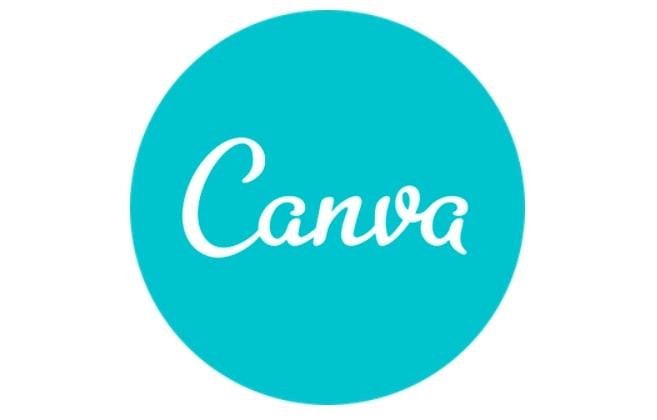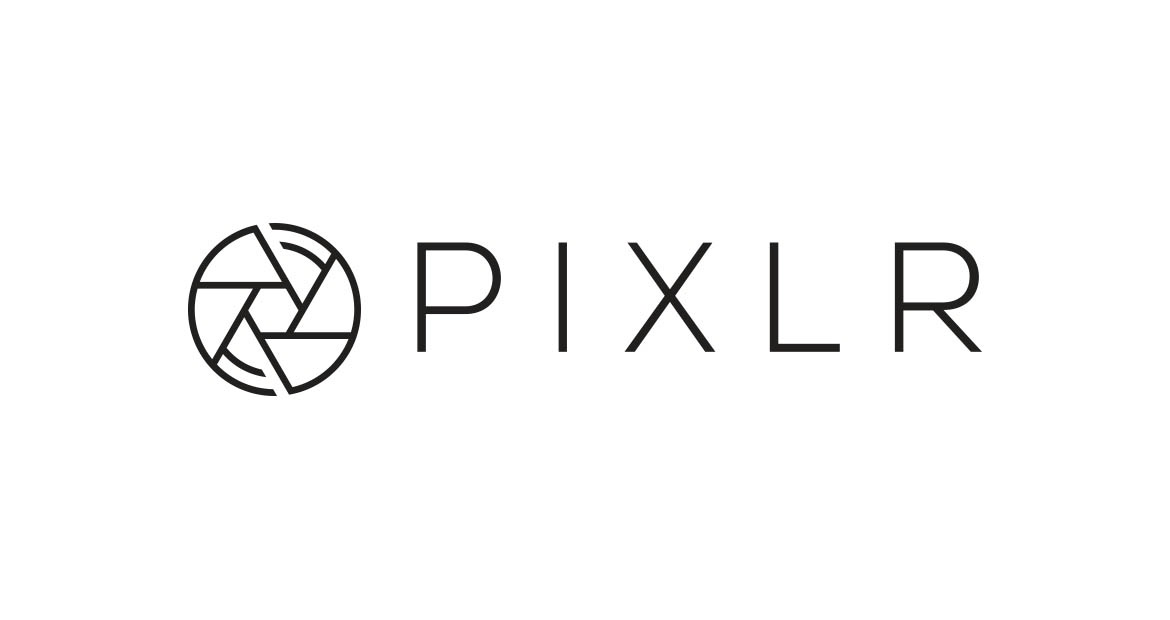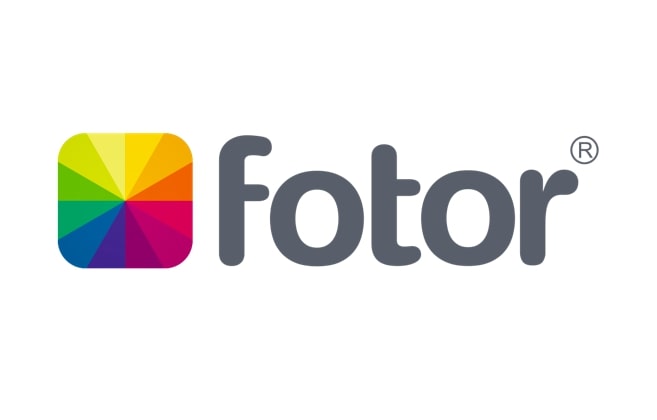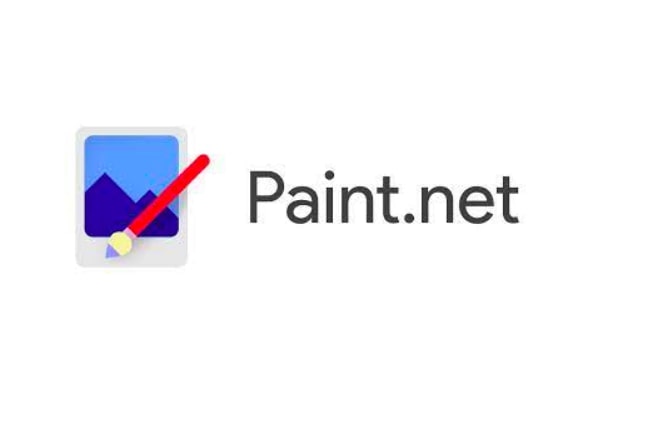Best Stylus For Photo Editing
Best free photo editing software

Whether you want to make a few easy photo edits without paying for an expensive full-service editor like Adobe Photoshop, or you want to try out a new hobby before upgrading to a more powerful program, you'll want to make sure you choose the best free photo editing software.
In this article, we list a few of the top options available today. We'll also discuss the pros and cons of each product, so you can determine which free photo editing software will best meet your needs.
If you're willing to pay for your editing software, check out our guide to the best photo editing software available now. Or, if you plan on doing most of your photo editing on the go, be sure to read up on the best photo editing apps available for Android and iOS.
What is the best free photo editing software?
After testing quite a few free photo editors, there was one clear winner in our view. The best free photo editor you can download today is GIMP, which rivals Photoshop with all it can accomplish, entirely for free. With GIMP, you'll have access to most of the best premium photo editor features, like layers, masks, custom brushes, and smart selection tools.
GIMP is an open-source photo editor, meaning you can also customize its source code to completely suit your needs. There's also support for a large number of third-party plugins, although these can be a bit difficult to track down. There used to be an official registry on the GIMP website, but this has since been closed.
However, if you're just looking to do simple photo touch-ups like cropping, enhancing colors, or polishing the odd blemish, GIMP may be a little complicated. And it can come with a steep learning curve for newbies. Read on to learn more about our favorite options for the best free photo editing software.
Check out this limited-time Adobe Photography deal:
The best free photo editing software you can use today

1. GIMP
The top free photo editing software available
Reasons to buy
+Powerful photo editor +Highly customizable +Constantly being updated and improved
Reasons to avoid
-Steep learning curve -No centralized add-on registry
GIMP is our number one pick for the best free photo editor, and it's the only entry on this list that's a legitimate contender among paid options like Adobe Photoshop Elements or Corel PaintShop Pro. It's an open-source platform, which means that GIMP is always being improved, and there are a vast array of plugins you can use to customize your experience.
In our book, there are only two downsides to GIMP. Firstly, the cluttered interface means it can be a steep learning curve for newcomers. If you enjoy tinkering around with new software this isn't a problem, but users who aren't familiar with photo editors, or just want to make a few quick edits, should consider other options.
The other downside to GIMP is the closure of its registry. Several years ago, users were able to download plugins, brushes, and other add-ons from a page on GIMP's website. However, this became too unwieldy for volunteers to maintain. Without this centralized hub, it can be a little harder to find the exact plugin you need.
All in all, these limitations are pretty minor, and GIMP is still hands-down the best free photo editing software you can get today.

2. Canva
Ideal photo editor for social media and marketing
Reasons to buy
+Great for social media posts +Beginner-friendly interface +Variety of templates +5GB of cloud storage
Reasons to avoid
-Not a full photo editor
Canva is a browser-based photo editor geared towards generating polished and eye-catching social media posts and other marketing materials. If you want to up your brand's Facebook or Instagram game but don't have lots of time or money, Canva provides hundreds of gorgeous and easy-to-customize templates.
It's worth noting that it's not a full photo editor. So if you're looking to remove a lot of blemishes or make other significant edits, Canva perhaps isn't the right option for you. However, it does offer a surprising amount of built-in filters and photo effects. And the numerous templates available to use, covering everything from social media posts to letterhead to brochures, are surprisingly high quality for a free website.
While there is a paid Pro version of Canva that unlocks a few additional features (like the ability to isolate and delete a background), the free option is more than sufficient for beginners looking for an easy way to lift their marketing content.

3. Pixlr
A simpler web-based editor
Reasons to buy
+Support for layers and other advanced features +Offers a simpler editor in Pixlr X
Reasons to avoid
-Only browser based -Ads can be intrusive -Few templates
If you're looking for a decent competitor to Photoshop that's not as involved as GIMP, Pixlr E—the more advanced of Pixlr's suite of free photo editors—might be right for you.
For a relatively simple web-based photo editor, Pixlr E supports a surprising slate of more advanced photo editing options, like layers, a clone brush, and smart selection. And for users who want a more streamlined interface, there's Pixlr X, which is geared more towards editing photos for social media. However, Pixlr X would be a more valuable resource if it included a greater library of templates for beginners to get started with.
Unfortunately, Pixlr is only available as a download if you have a paid subscription, so free users will be stuck with the browser. And while we didn't always see an ad when using Pixlr, when we did, we found them intrusive—taking up valuable screen space.

4. Fotor
Great midpoint-level editor with multiple versions
Reasons to buy
+Enables batch processing +Available as a download or in browser +Easy touch-up options
Reasons to avoid
-Many features not available with free version -Intrusive ads
Fotor is a nice middle-of-the-road option for users looking for a little more freedom than they'd get with pure template-driven software like Canva, but aren't advanced enough in their skills for something like GIMP or Pixlr E.
One nice feature of Fotor is that it's available for free, both in your web browser or as a download for Mac or Windows. The downloadable version also features a batch processor tool, which is the real stand-out feature of Fotor. With the batch processor, you can apply the same filters, frames, or touch-ups to a group of images—perfect if all your pictures from Christmas were a little overexposed, or if you want to create a slideshow of cohesive images.
Unfortunately, the numerous ads make the web-based version difficult to use, and many of the best features, like the one-click touch-up filter, are only available with the paid version of Fotor.

5. Ashampoo Photo Optimizer 2020
Top Windows editor for image batch processing
Reasons to buy
+Easy to use +Batch optimization +Intuitive interface
Reasons to avoid
-Only available on Windows -Optimization can be hit or miss
Like Fotor, Ashampoo's stand-out feature is its ability to batch process photos. Ashampoo will automatically analyze your imported photos and correct for lighting, contrast, sharpness, and color for vibrant results.
In our testing, we found the automatic optimization could be a bit hit or miss. However, Ashampoo still enables you to manually adjust levels, so if a couple of your photos are a bit washed out, it's easy to fix. The biggest downside is that it's only available for Windows, so Mac users will have to look elsewhere.
Ashampoo is only a photo optimizer, nothing more. It's geared towards photographers rather than graphic designers or social media managers. But as a free, simple tool for photographers looking to quickly correct their photos, Ashampoo is worth checking out.

6. Paint.net
Simple online editor with community support
Reasons to buy
+Easy interface +Support for layers +Community tutorials and plugins
Reasons to avoid
-Not as powerful as some competitors -Only available on Windows
Originally intended as a replacement for Microsoft Paint, Paint.net retains its namesake's simple, intuitive interface while adding several advanced photo editing features. There's even support for layers, which can be rare with free photo editors, and the Paint.net community has developed quite a few plugins and tutorials to make the program even more useful.
While Paint.net isn't as powerful as rival GIMP, depending on what you plan to use it for, that could be considered a strength. If you only need to make a few simple edits, Paint.net is a much more straightforward option.
The biggest downside to Paint.net is that it is currently only available for Windows, so Mac users will have to consider alternatives.
How to choose the best free photo editing software for you
When choosing free photo editing software, you'll want to think about both your needs and your skill level.
A photographer who wants to make basic edits to photos is going to have different needs than a small business owner who wants to design a logo, even though both tasks can be accomplished with a free photo editor. What your end needs are will determine what tools to look for in your photo editing software.
It's also important to consider your personal experience level. An experienced graphic designer may be completely comfortable starting from scratch, but someone who is inexperienced may benefit from software that comes with templates or tutorials to help them get started.
Lastly, you want to make sure whatever photo editing software you choose is compatible with your devices. When it comes to downloadable software, there are more options for Windows users than there are for Mac users. However, several photo editors are either entirely browser based or offer a browser-based option, which can be accessed from any web browser.
How we test photo editing software
When testing photo editing software, we look at a number of different criteria, including:
- features
- ease of use
- versatility
- device support
- usefulness for intended audience
Not all photo editing software is built for every user, so we take into account what each photo editor's objective is and for whom each option is best suited when compiling our recommendations.
- Check out our guide to the best alternatives to Photoshop

Sarah James is a freelance writer in Los Angeles. She has written about creativity, culture, and technology for brands like TechRadar, Submittable Content For Creatives, The Billfold, Pittsburgh City Paper, The Toast, and more.
Best Stylus For Photo Editing
Source: https://www.tomsguide.com/buying-guide/best-free-photo-editing-software
Posted by: crossleyhustend.blogspot.com

0 Response to "Best Stylus For Photo Editing"
Post a Comment